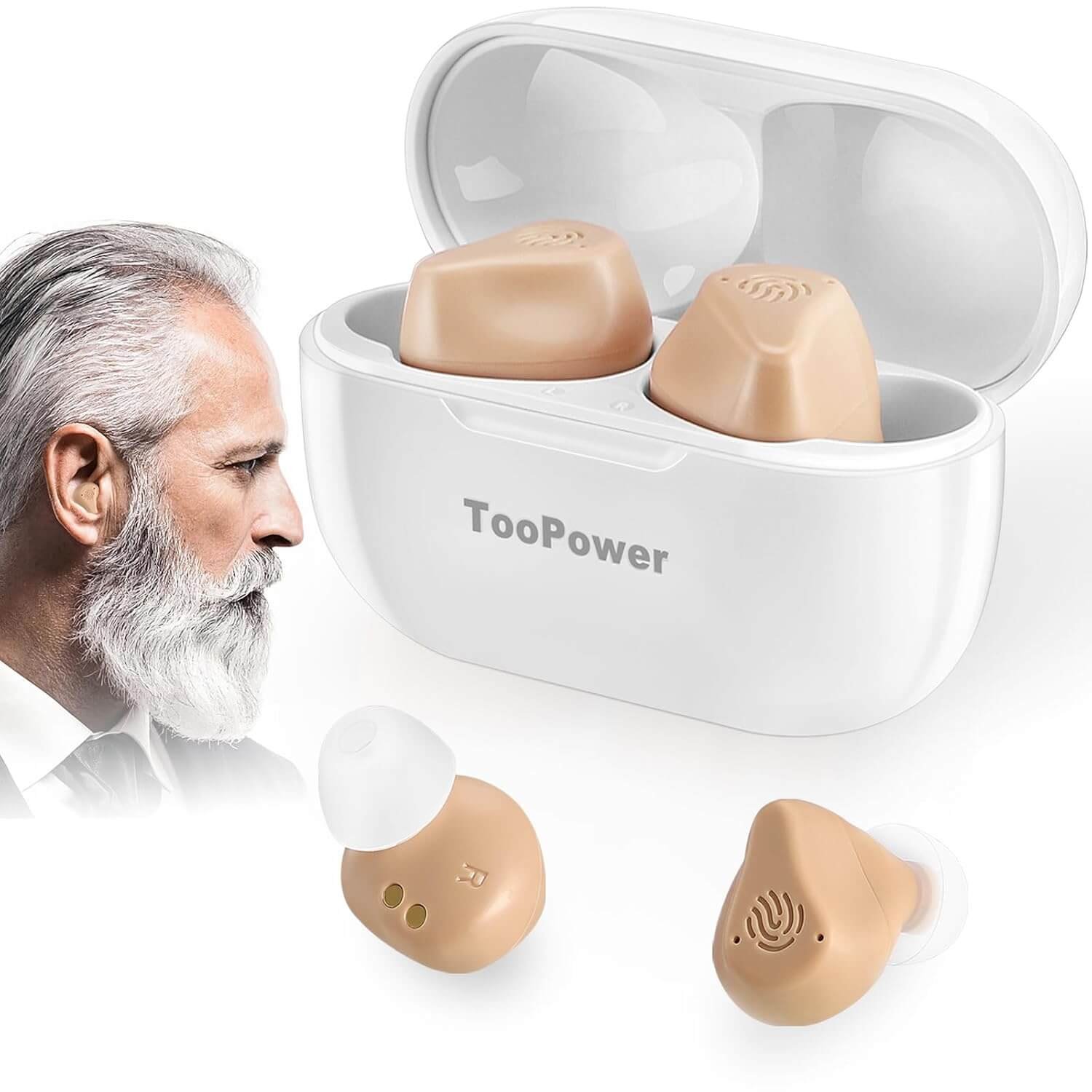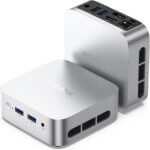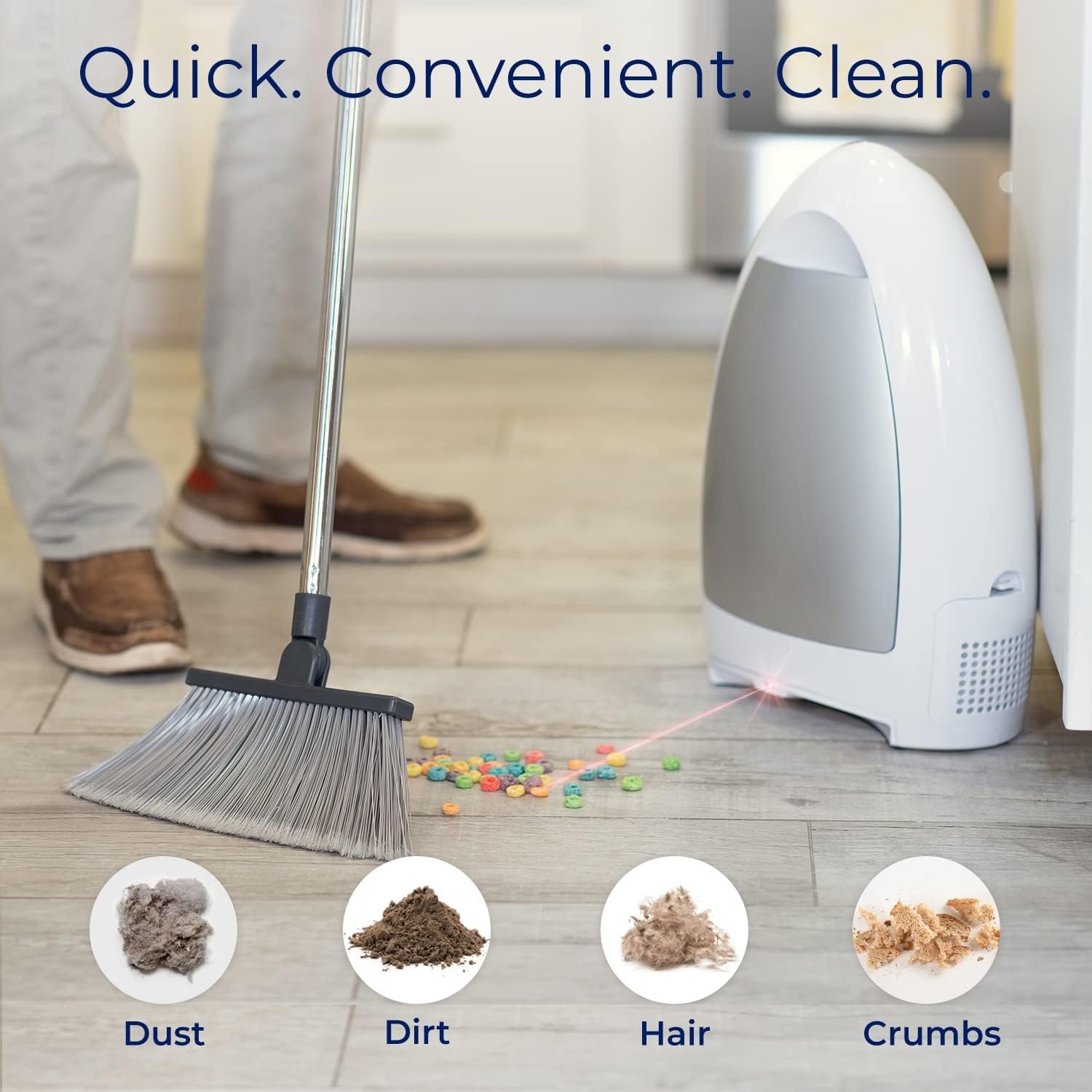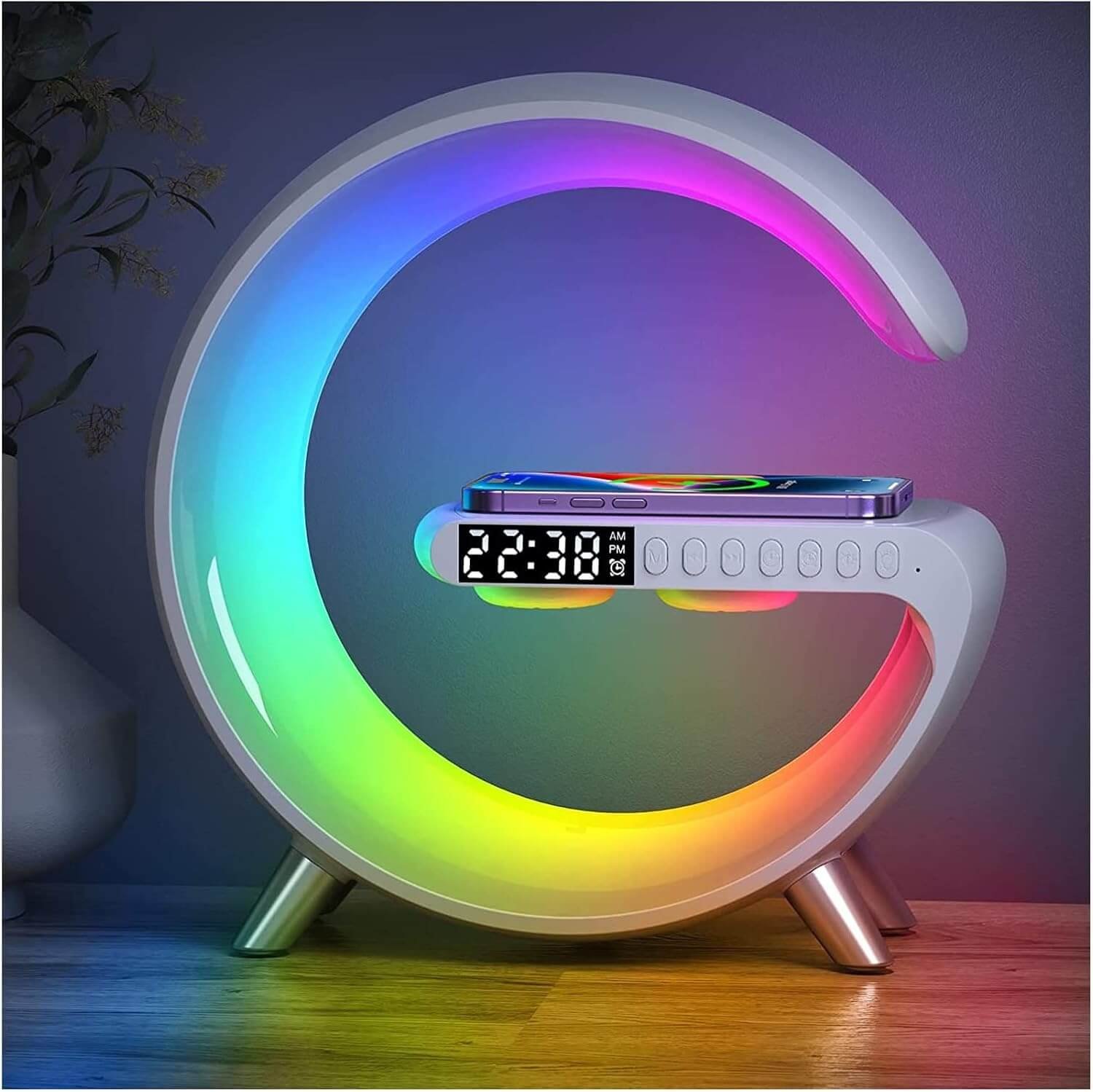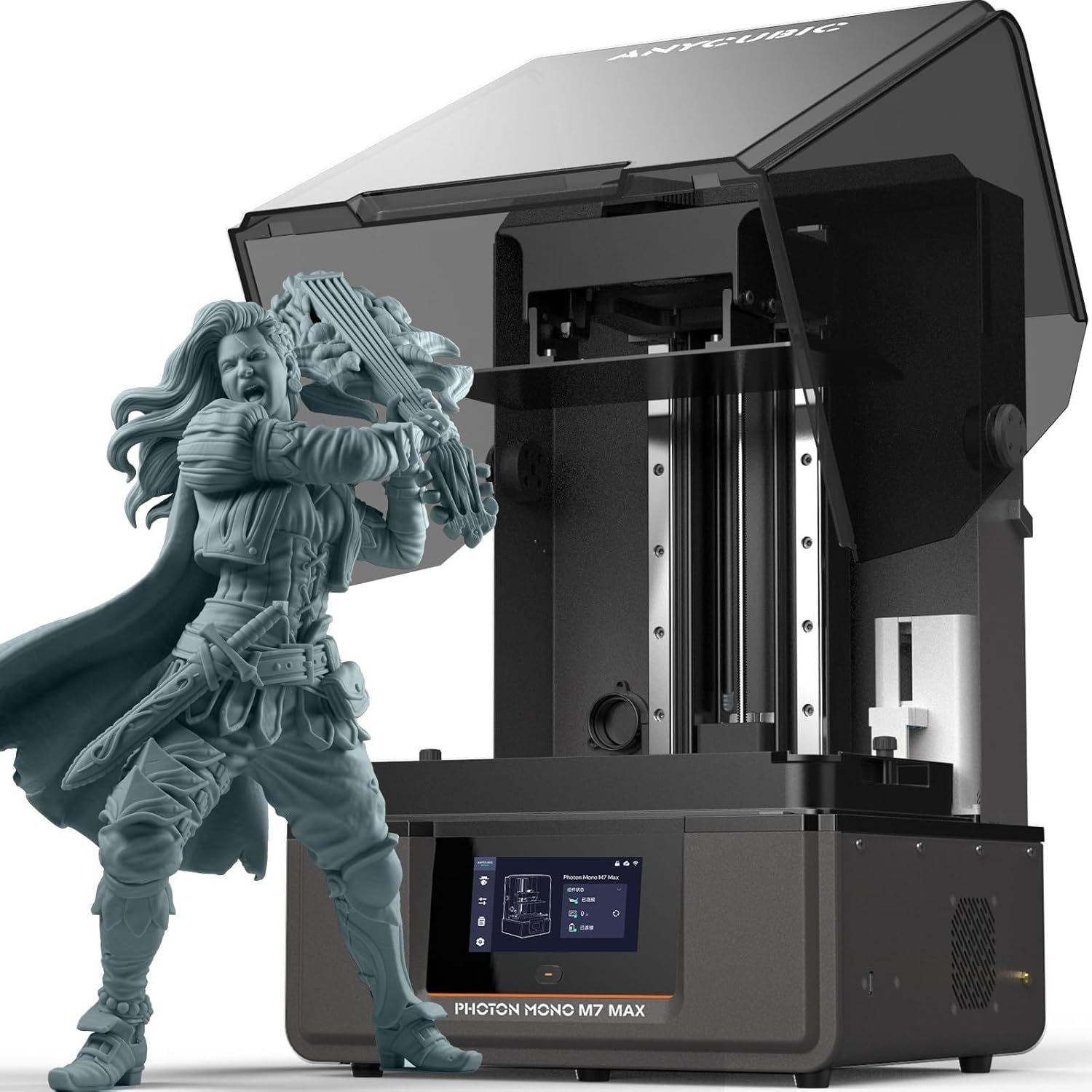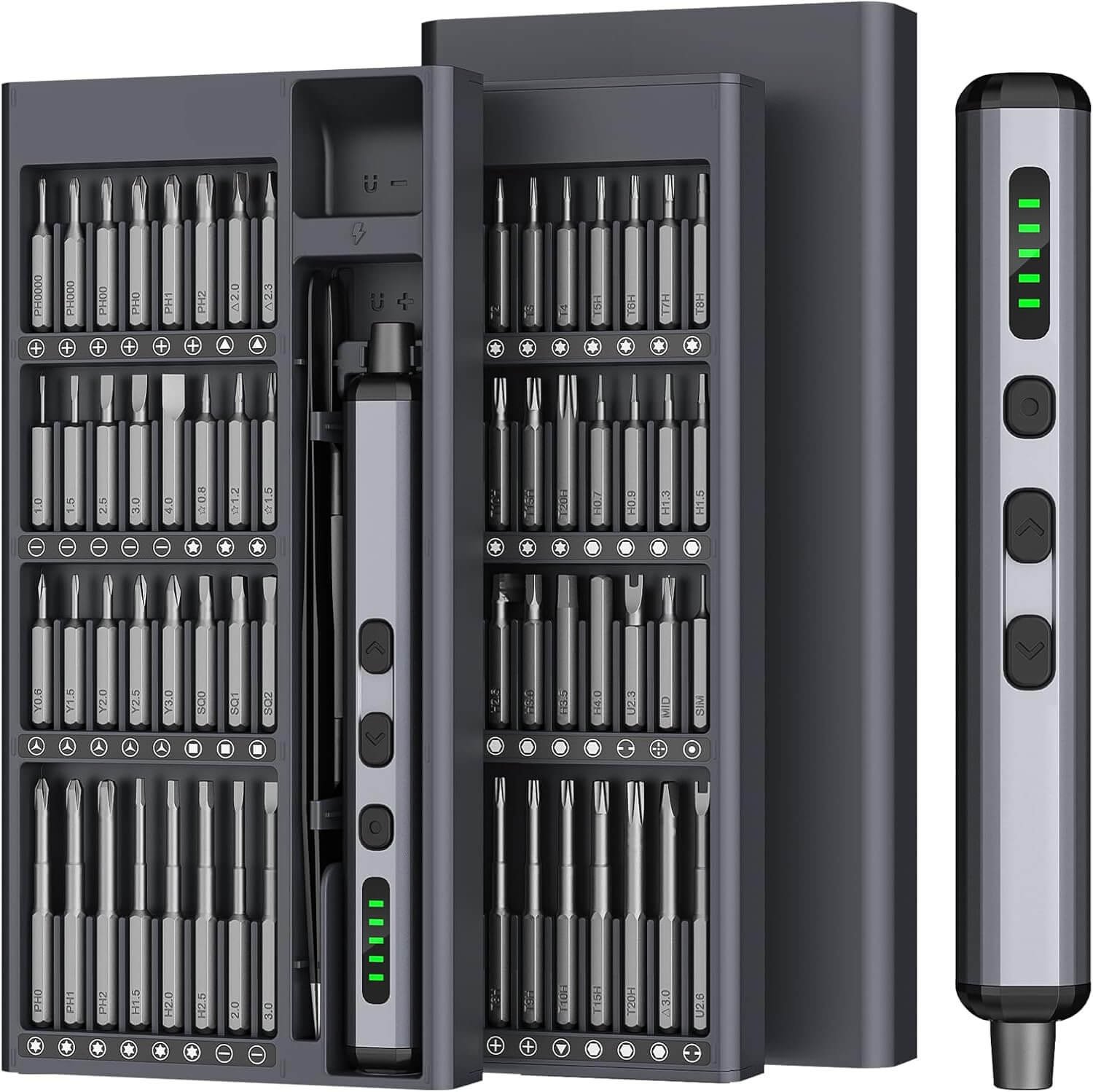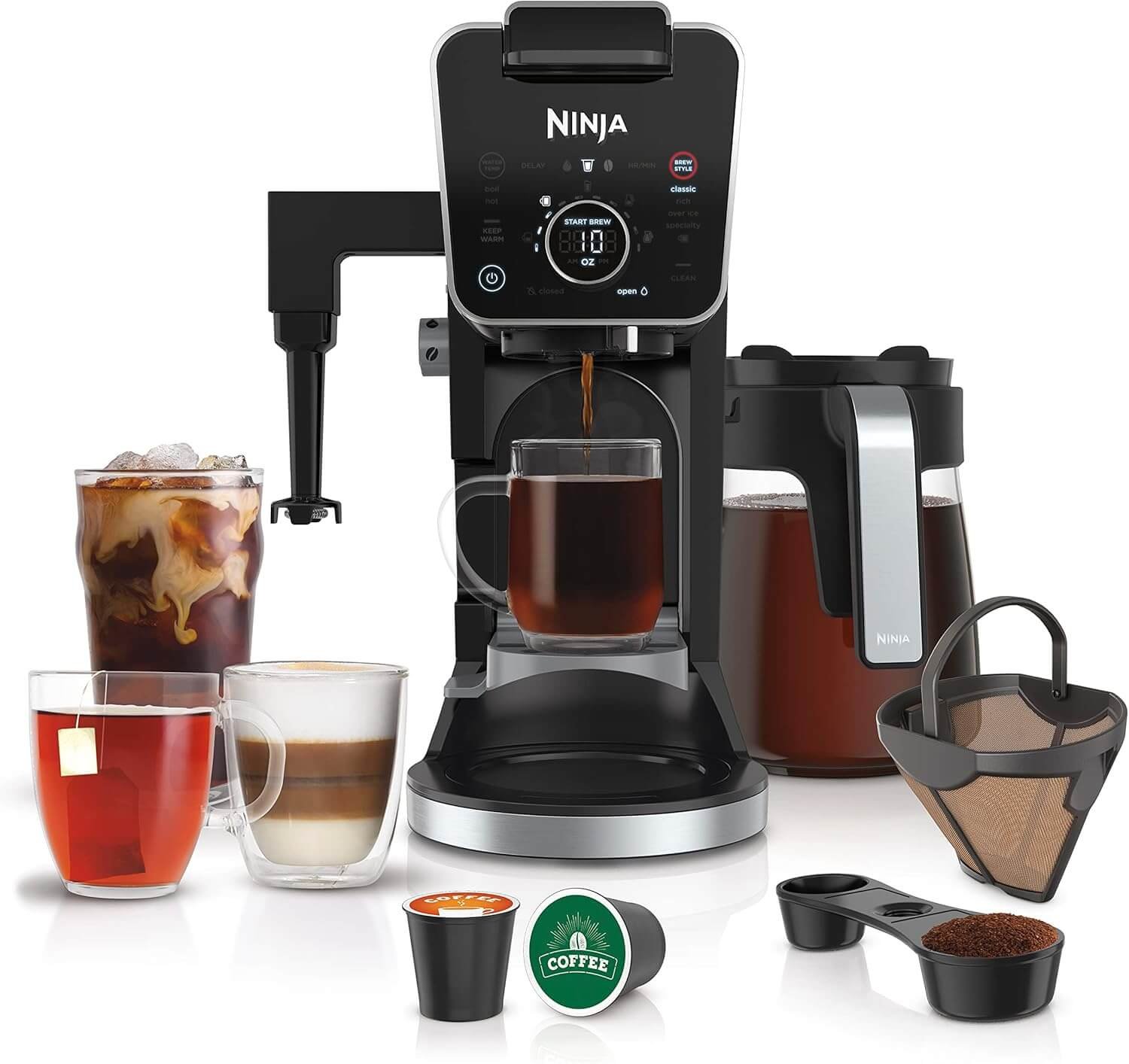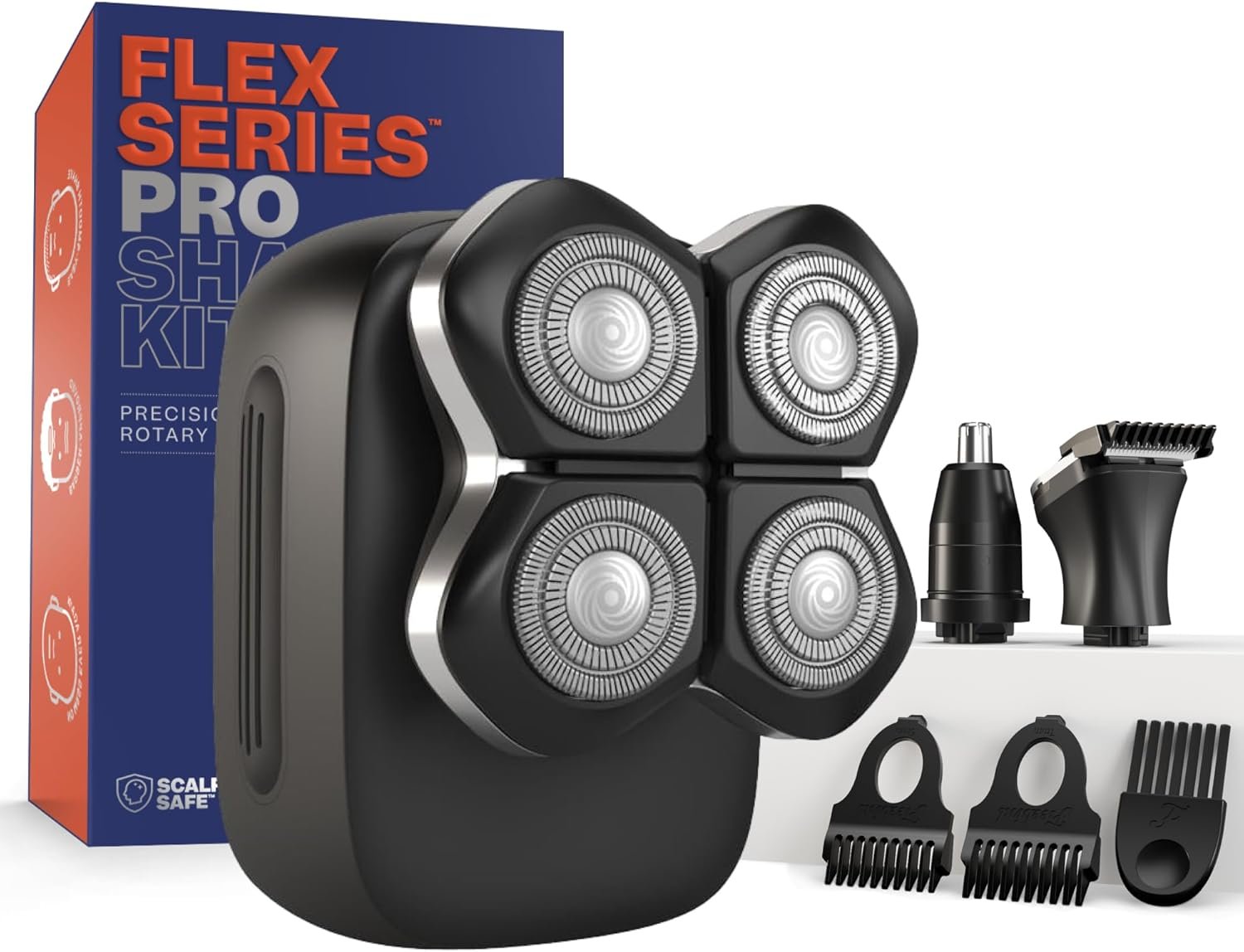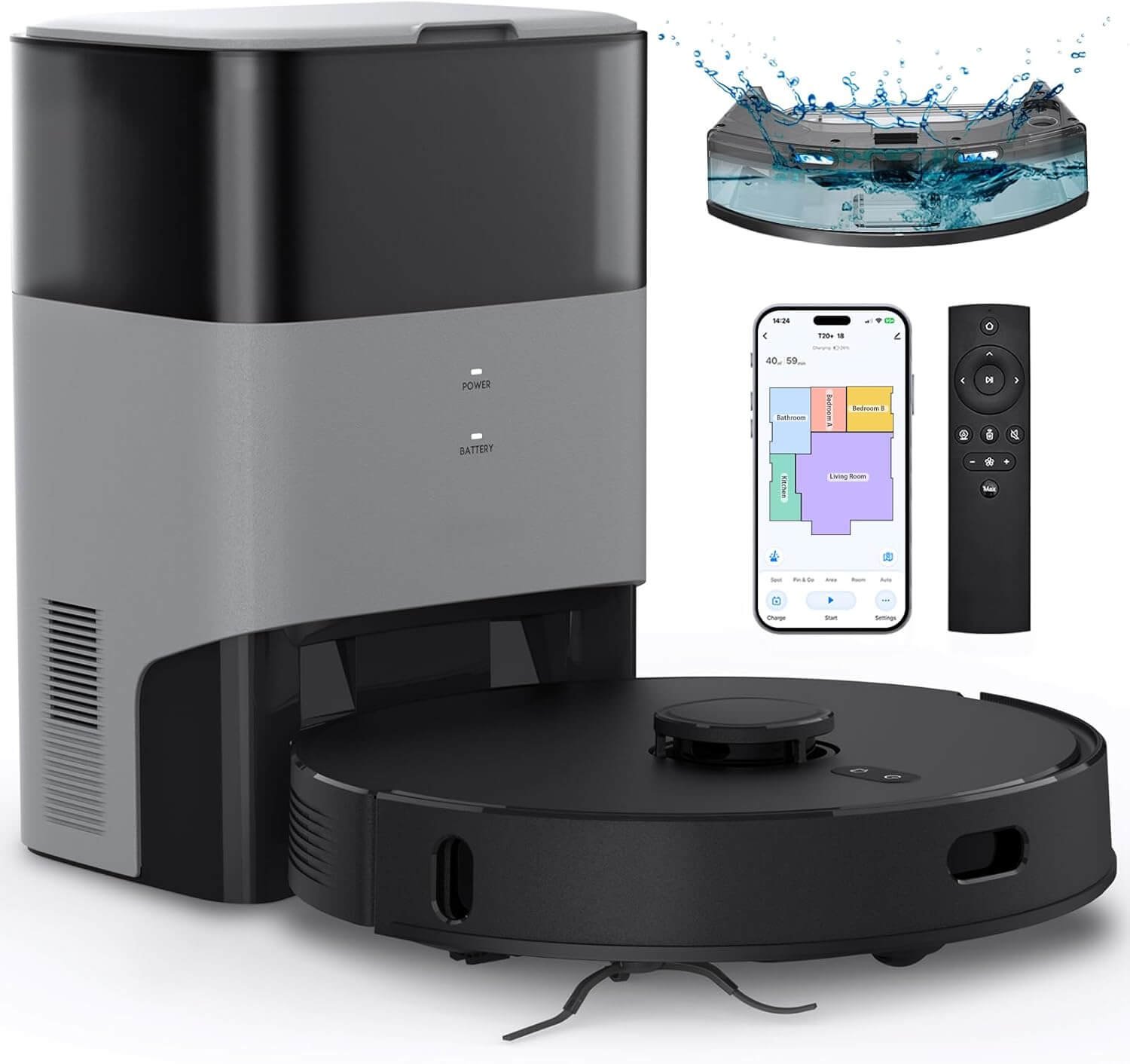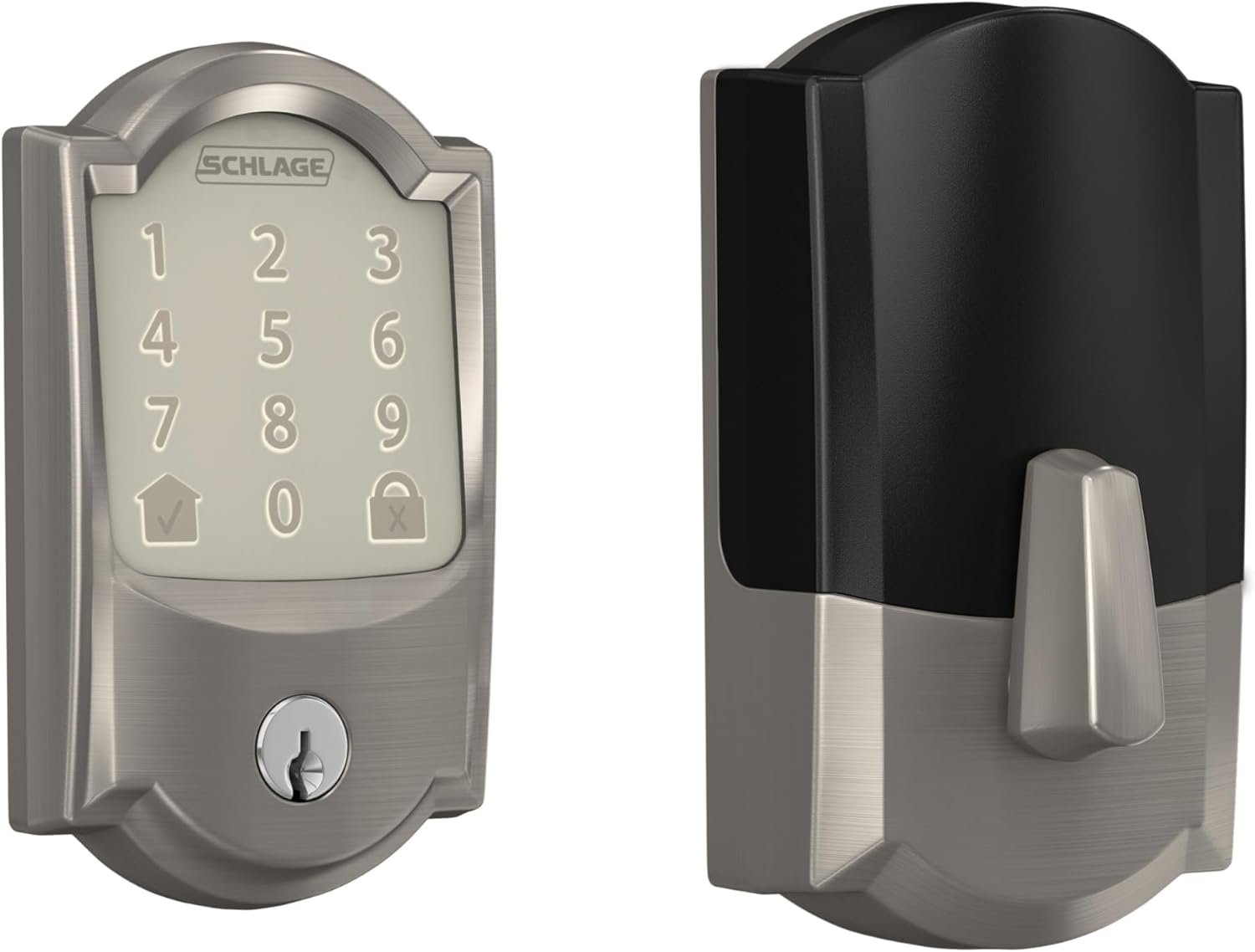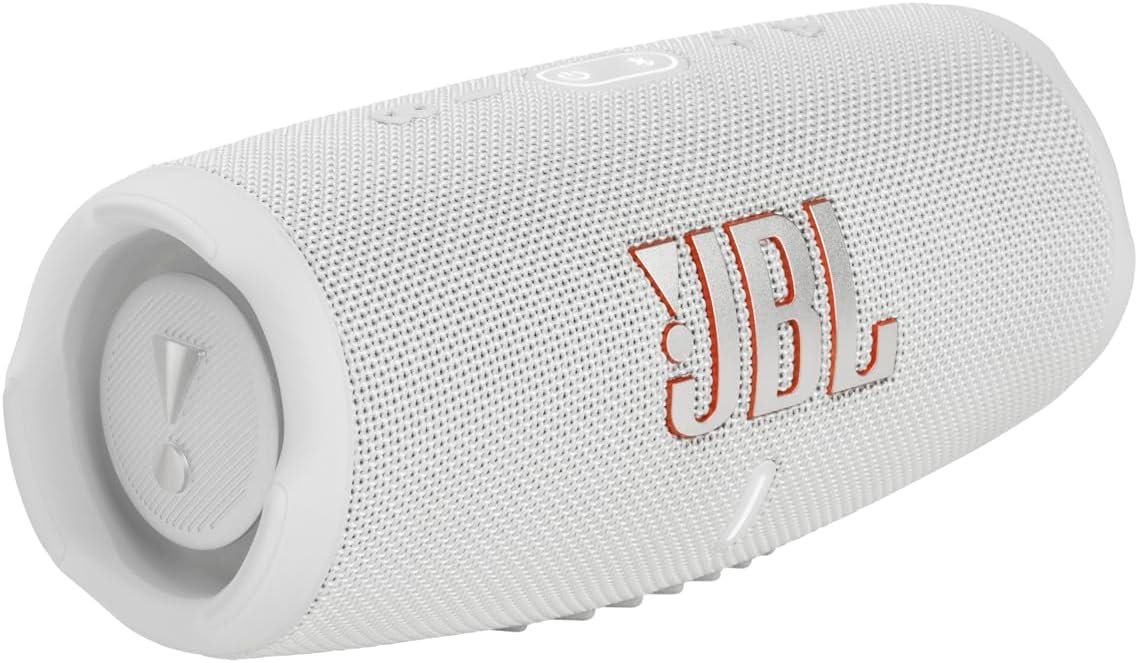Introduction to Hearing Amplifiers
Hearing amplifiers are devices designed to enhance sound, making them particularly beneficial for individuals experiencing hearing loss. While often confused with hearing aids, it is essential to clarify that hearing amplifiers are generally used for non-medical purposes and do not require a prescription. They serve to amplify ambient sounds, making conversations and other auditory experiences clearer. This distinction is crucial for understanding the roles each device plays in addressing auditory challenges.
The increasing popularity of hearing amplifiers among seniors can be attributed to several factors. As the global population ages, the prevalence of hearing loss in the elderly continues to rise. According to the World Health Organization, approximately 1 in 3 seniors aged 65 and older experience some degree of hearing loss, which can significantly impact their quality of life. This situation has prompted many older adults to seek solutions that allow them to engage in social interactions more effectively without the need for a formal diagnosis or medical intervention.
Moreover, technological advancements have led to the development of more sophisticated hearing amplifiers that are accessible and user-friendly. Modern devices offer enhanced features such as noise reduction, varying volume controls, and even Bluetooth connectivity. These improvements have made hearing amplifiers a viable option for seniors looking to enhance their listening experiences without the financial investment often associated with hearing aids. As awareness regarding the benefits of these devices grows, seniors are increasingly turning to hearing amplifiers to maintain their social connections and overall well-being.
Understanding Hearing Loss in Seniors
Hearing loss is a prevalent issue among the senior population, often classified into different types that can significantly affect individuals’ quality of life. One common form is age-related hearing loss, clinically known as presbycusis. This condition typically results from the gradual degeneration of the inner ear and auditory pathways in the brain, making it more challenging for seniors to hear higher frequencies and understand speech in noisy environments. Symptoms of presbycusis may include difficulty following conversations, especially in group settings, and the need to raise the volume on televisions or radios. Such difficulties can lead to withdrawal from social activities, ultimately impacting emotional well-being.
Beyond presbycusis, other types of hearing loss, such as conductive or sensorineural, can also occur in seniors. Conductive hearing loss may result from blockages like earwax buildup or fluid in the middle ear, while sensorineural loss relates to issues with the inner ear or auditory nerve. Regardless of the type, hearing loss in seniors often leads to significant day-to-day challenges, such as miscommunication and frustration in interactions with family and friends. As a result, many seniors seek hearing solutions, including hearing amplifiers, to mitigate these issues and reconnect with their social circles.
The psychological effects of hearing impairment can also be profound. Seniors may experience feelings of isolation, depression, or anxiety due to their inability to communicate effectively. This emotional distress underscores the importance of addressing hearing loss, as it not only affects personal relationships but also contributes to cognitive decline. Research has shown that properly managed hearing loss, whether through assistive devices or medical intervention, can enhance overall quality of life. Thus, understanding the nuances of hearing loss is vital for the elderly and can guide families in seeking appropriate solutions to facilitate better communication and social engagement.
The Benefits of Hearing Amplifiers
Hearing amplifiers have gained popularity among seniors as they serve to significantly improve communication and enhance overall social engagement. One of the primary benefits of these devices is their ability to amplify sounds, allowing users to detect and respond to conversations more effectively. This improvement in auditory perception helps seniors participate more fully in social interactions, which is crucial for maintaining relationships and emotional well-being as they age.
Moreover, the use of hearing amplifiers can mitigate feelings of isolation that often accompany hearing loss. By facilitating better communication, seniors are less likely to withdraw from social situations and more likely to engage in community activities, family gatherings, and conversations with friends. Enhanced participation in these social engagements contributes positively to mental health, reducing the risk of depression and anxiety associated with hearing impairment.
In terms of cost-effectiveness, hearing amplifiers present a more budget-friendly alternative to traditional hearing aids. Many seniors find that hearing amplifiers provide satisfactory results in an accessible price range, making them a practical choice for those who may not want to invest in high-end hearing aids. Unlike hearing aids, which can be expensive and often require professional fittings, hearing amplifiers are typically available over the counter, enabling seniors to obtain them without the need for extensive consultations or prescriptions.
The simplicity of using hearing amplifiers is also noteworthy. Many devices come with user-friendly features and adjustable settings, allowing seniors to easily customize their listening experience according to their specific needs. This adaptability ensures that seniors can optimize their hearing while enjoying various environments, whether at home, in public spaces, or during social gatherings.
Key Features to Look for in Hearing Amplifiers
When selecting a hearing amplifier for seniors, several key features should be thoroughly considered to enhance their overall listening experience. One of the foremost aspects is sound quality. Quality hearing amplifiers offer crystal-clear sound reproduction, ensuring that users can hear conversations and environmental sounds without distortion. It is advisable to opt for devices that provide customizable sound settings to accommodate different listening environments, enhancing auditory clarity.
Ease of use is another critical feature. Seniors often seek devices that are user-friendly, with straightforward controls and user-friendly interfaces. Amplifiers with simple buttons for volume adjustment and a clear display can greatly improve the user experience, minimizing frustration that may arise from complex technology. Additionally, comfort is an essential consideration; hearing amplifiers should be lightweight and designed ergonomically to fit comfortably in or behind the ear for prolonged use.
Battery life also plays a significant role in the functionality of hearing amplifiers. Seniors will benefit from devices that offer long-lasting battery performance, so they do not have to worry about frequent replacements or charging. Rechargeable options can provide added convenience, eliminating the need for managing small batteries.
Connectivity features have increasingly become important, especially in the age of smart technology. Hearing amplifiers with Bluetooth connectivity allow for seamless integration with smartphones and other devices, enabling users to stream music, phone calls, and podcasts directly through their hearing aids. Furthermore, adjustable volume levels and background noise reduction functionalities are vital. These features allow seniors to customize their hearing experience, reducing distractions from surrounding noises while amplifying essential sounds. Overall, selecting a hearing amplifier that combines these features can significantly enhance the quality of life for seniors.
Top Hearing Amplifier Models for Seniors
When it comes to enhancing the auditory experience for seniors, selecting the right hearing amplifier can significantly improve overall quality of life. Below, we present a curated list of some of the top hearing amplifier models currently available, highlighting their unique features, pricing, and user reviews.
1. Bellman & Symfon Maxi Pro: This premium hearing amplifier features advanced sound processing technology, catering specifically to hearing-impaired individuals. It boasts Bluetooth connectivity, allowing users to stream audio directly from their smartphones. Its ergonomic design ensures comfort during prolonged use, and the reported battery life is commendable, often lasting over 20 hours. Users frequently praise its clear sound quality and easy-to-use interface, making it a top choice for seniors. Pricing starts around $449.
2. Williams Sound Pocketalker Ultra 2.0: As a budget-friendly option, the Pocketalker Ultra is beloved for its simplicity and effectiveness. It amplifies sounds nearby while reducing background noise, making conversations clearer. This device is particularly recommended for one-on-one interactions. Users appreciate its lightweight design, portability, and easy controls. Its affordability, priced around $130, makes it accessible for those seeking efficient amplification without breaking the bank.
3. Otofonix Breeze: This device offers a balance between quality and affordability. With four adjustable listening programs, the Otofonix Breeze caters to various environments—from quiet settings to noisy gatherings. Users benefit from its long battery life and customizable settings, ensuring a personalized experience. Priced at approximately $199, it has received positive reviews for its clear audio quality and reliability in day-to-day activities.
4. Britzgo BHA-220: Another budget option, the Britzgo BHA-220 is known for its compact design and ease of use. This model provides amplified sound in a variety of environments, essential for those seeking an all-around device. Users frequently commend its affordability and effectiveness, with a price point of around $119, making it an excellent entry-level choice.
These hearing amplifiers reflect a diverse range of options suitable for seniors, ensuring improved hearing capabilities tailored to individual preferences and budgets.
How to Properly Use and Maintain Hearing Amplifiers
For seniors utilizing hearing amplifiers, understanding how to effectively use and maintain these devices is crucial for ensuring optimal performance. The first step is to ensure the device is worn correctly. Properly situating the hearing amplifier can greatly improve sound clarity. It is vital to adjust ear molds or fittings to prevent discomfort, which could lead to decreased usage.
Regular cleaning is another important aspect of device maintenance. Hearing amplifiers can accumulate dirt and wax over time, potentially affecting their functionality. Cleaning the external parts with a soft, dry cloth should be a daily practice. Additionally, it may be advisable to use a specialized brush to remove any debris from the speaker and microphone openings. Cleaning kits are often available and can be a worthwhile investment for those using these devices.
Battery replacement is equally essential for maintaining performance. Seniors should familiarize themselves with the battery type their amplifier uses and keep spare batteries on hand for convenience. It is recommended to replace batteries regularly, depending on usage, and to check the device’s power status frequently to avoid unexpected outages during critical moments.
Moreover, being aware of common issues can help in troubleshooting. For instance, if the sound quality is poor, it could be due to the battery being low, or perhaps the device needs cleaning. If problems persist, contacting the manufacturer or a professional for inspection may be necessary.
Overall, consistent maintenance contributes significantly to the longevity of hearing amplifiers. By implementing a routine of careful handling, regular cleaning, timely battery replacements, and recognizing potential issues, seniors can enhance their experiences with hearing amplifiers and enjoy improved communication, thereby promoting a better quality of life.
Challenges and Considerations
As seniors consider the use of hearing amplifiers, several challenges and considerations may arise, particularly regarding the adaptation to new technology. Many older adults have grown accustomed to traditional methods of communication, and the introduction of digital hearing amplifiers may initially feel overwhelming. This can lead to frustration and a reluctance to engage with the device effectively. It is essential for seniors and their families to ensure that proper training and support are available to ease the transition and enhance the user experience.
Another critical consideration is understanding the distinction between hearing amplifiers and hearing aids. While both devices serve the purpose of improving hearing, the fundamental difference lies in their design and function. Hearing aids are customized medical devices that address varying degrees of hearing loss, while amplifiers simply increase volume levels of sound while lacking the specialized features designed to refine sound quality. Seniors often benefit from this knowledge to make informed decisions about which device is most suitable for their specific needs.
Social stigma surrounding hearing loss and the use of assistive devices can also hinder seniors from embracing hearing amplifiers. Many individuals may feel self-conscious about their hearing difficulties and worry that using an amplifier may make them appear older or frailer. This societal perception can create anxiety that prevents seniors from seeking help or utilizing helpful technologies. Encouraging open conversations about hearing health can diminish these stigmas and support a more accepting environment.
Lastly, it is important for seniors to know when to consult a healthcare professional regarding hearing amplifiers. Seeking guidance from an audiologist or a healthcare provider can ensure that the correct device is chosen, and any underlying medical conditions affecting hearing are addressed. Proper assessment can lead to better outcomes and improve overall quality of life.
Testimonials and User Experiences
Seniors across different backgrounds have shared their experiences with hearing amplifiers, shedding light on the transformative impact these devices can have on their daily lives. One common sentiment among users is the improvement in their social interactions. For instance, Margaret, a 74-year-old retired teacher, noted that since using her hearing amplifier, she feels more engaged during family gatherings. She expressed, “I can finally hear my grandchildren’s laughter clearly. It makes me feel included rather than isolated.” This illustrates how hearing amplifiers can enhance quality of life by fostering connections.
However, not all feedback has been overwhelmingly positive. Some seniors, like Harold, a 68-year-old former engineer, experienced a learning curve when adapting to his new device. “At first, I found it difficult to adjust to all the sounds around me,” he mentioned. Harold emphasized the importance of patience and proper fitting; he eventually learned to control the levels effectively. His experience indicates that, while hearing amplifiers are beneficial, potential users should be prepared for an adjustment period.
On a brighter note, another user, Clara, aged 72, shared her delight in the crispness of sound provided by her hearing amplifier. She reflected, “The clarity I gain is beyond what I expected. I can finally enjoy my favorite music without straining to understand the lyrics.” Clara’s story showcases the significant benefits of these devices when adequately utilized. Overall, these testimonials represent a spectrum of experiences, indicating that while hearing amplifiers greatly enhance accessibility to sound, individual experiences can vary based on usage, adaptation, and device quality.
Ultimately, real-life feedback from seniors reinforces the value of hearing amplifiers in improving communication, boosting confidence, and enhancing enjoyment of everyday activities. Their journey serves as a reminder that, while there may be challenges, the rewards often outweigh the initial hurdles.
Conclusion: Making the Right Choice for Hearing Health
Addressing hearing loss is pivotal for seniors who seek to maintain their quality of life. Throughout this comprehensive review, we discussed various aspects of hearing amplifiers, demonstrating their role as a vital solution in enhancing auditory perception. As age-related changes often lead to diminished hearing capabilities, it becomes crucial for seniors and their caregivers to acknowledge that hearing amplifiers can serve as effective tools to mitigate these challenges.
We explored the intricacies of how hearing amplifiers function, their distinct features, and the wide array of options available in the market. It’s essential to recognize that these devices are not merely enhancements but may significantly contribute to improved communication and social interactions. The ability to engage in conversations without frequent misunderstandings can be transformative for both the individual and their loved ones. Moreover, using such devices can prevent feelings of isolation, thereby promoting a positive mental and emotional state.
When considering a hearing amplifier, it is vital to evaluate individual needs, preferences, and lifestyle. Factors such as sound clarity, battery life, and comfort should be considered when making a choice. Consulting audiologists or hearing specialists can provide invaluable insights, ensuring the selected device aligns with specific auditory requirements. By remaining proactive about hearing health and exploring suitable solutions like hearing amplifiers, seniors can significantly improve their overall well-being.
In conclusion, prioritizing hearing health is more than just a medical necessity; it is about fostering connections and ensuring a high quality of life. Taking the step towards identifying and utilizing hearing amplifiers can lead to a more fulfilling life, allowing seniors to stay engaged and active in their communities.

